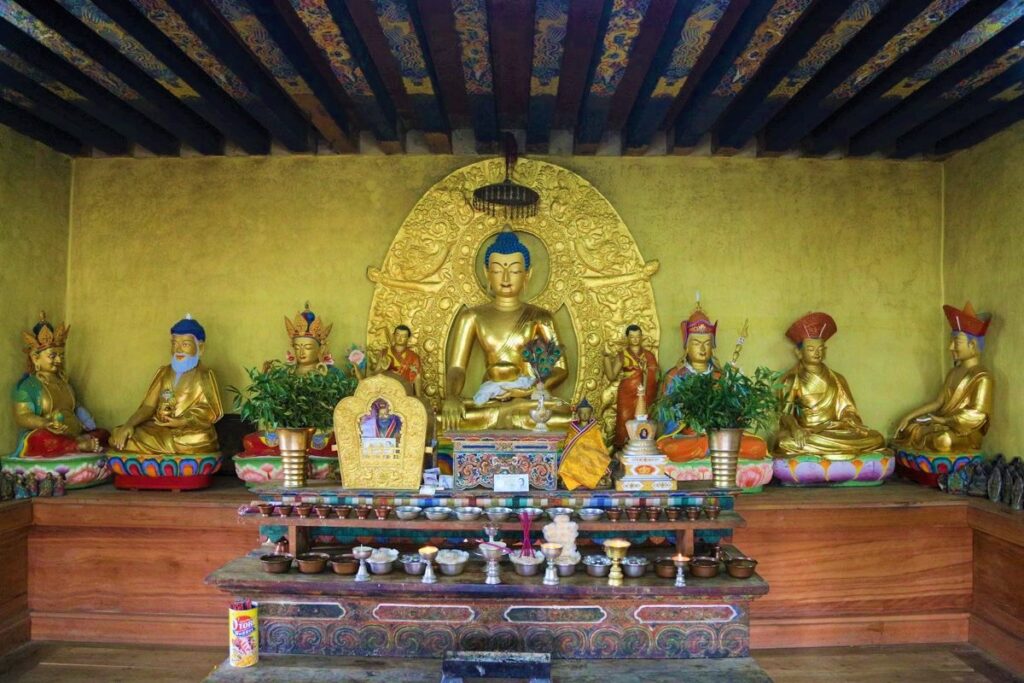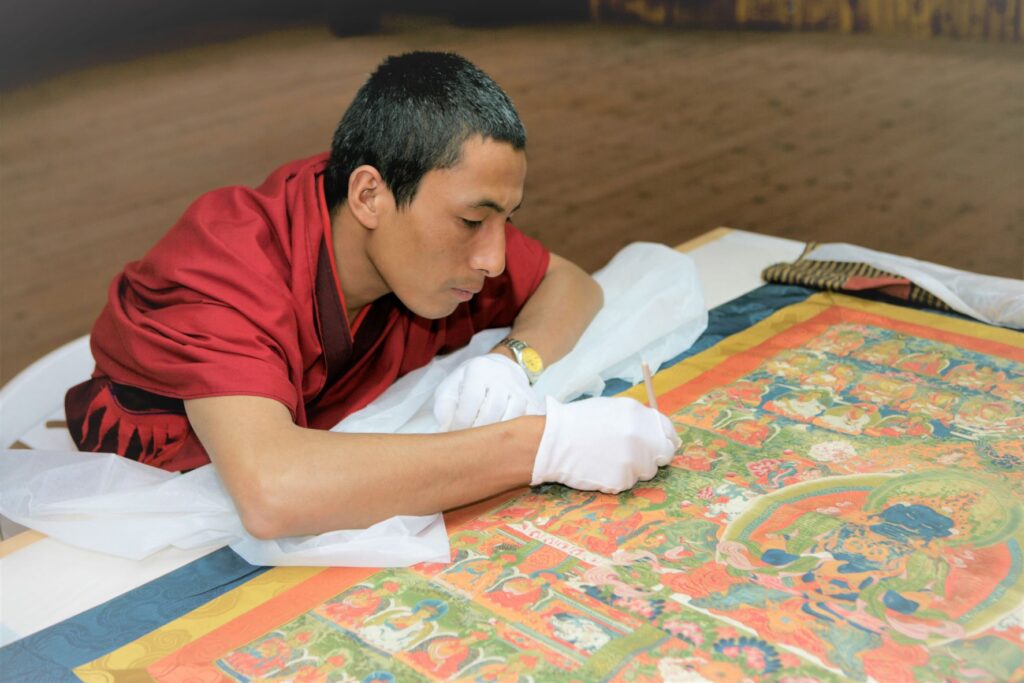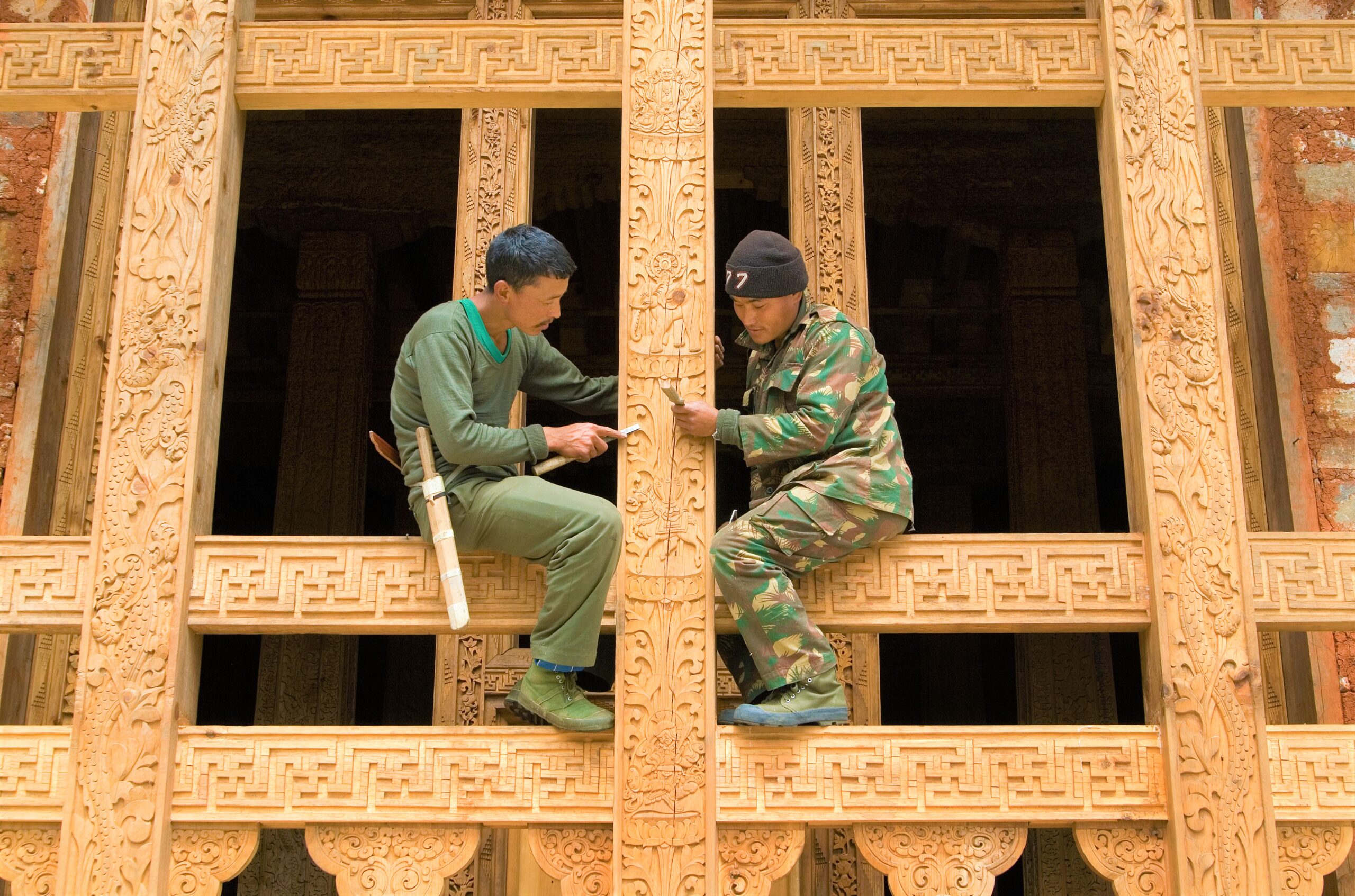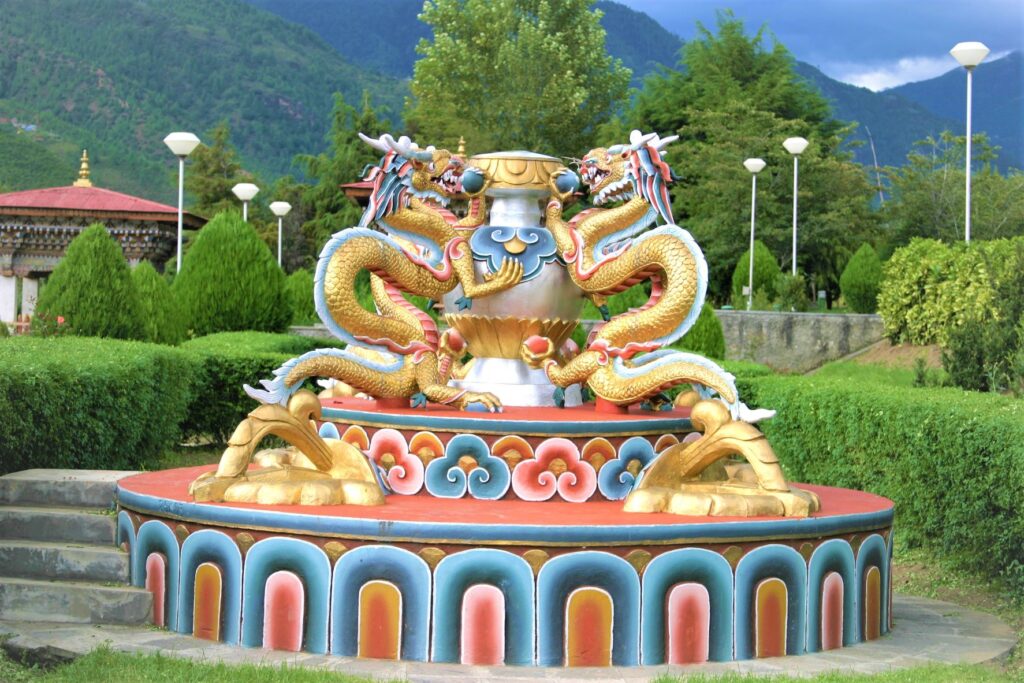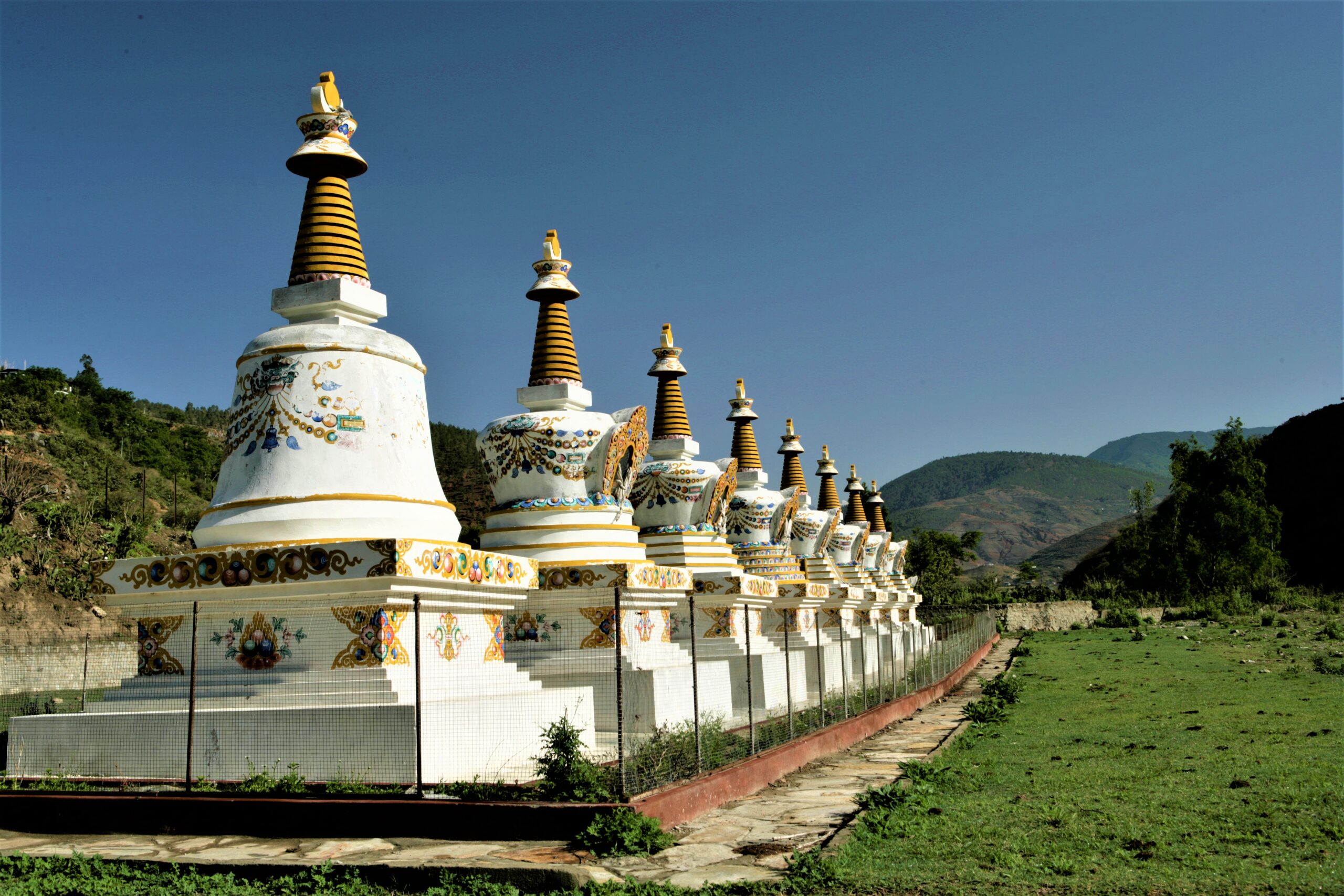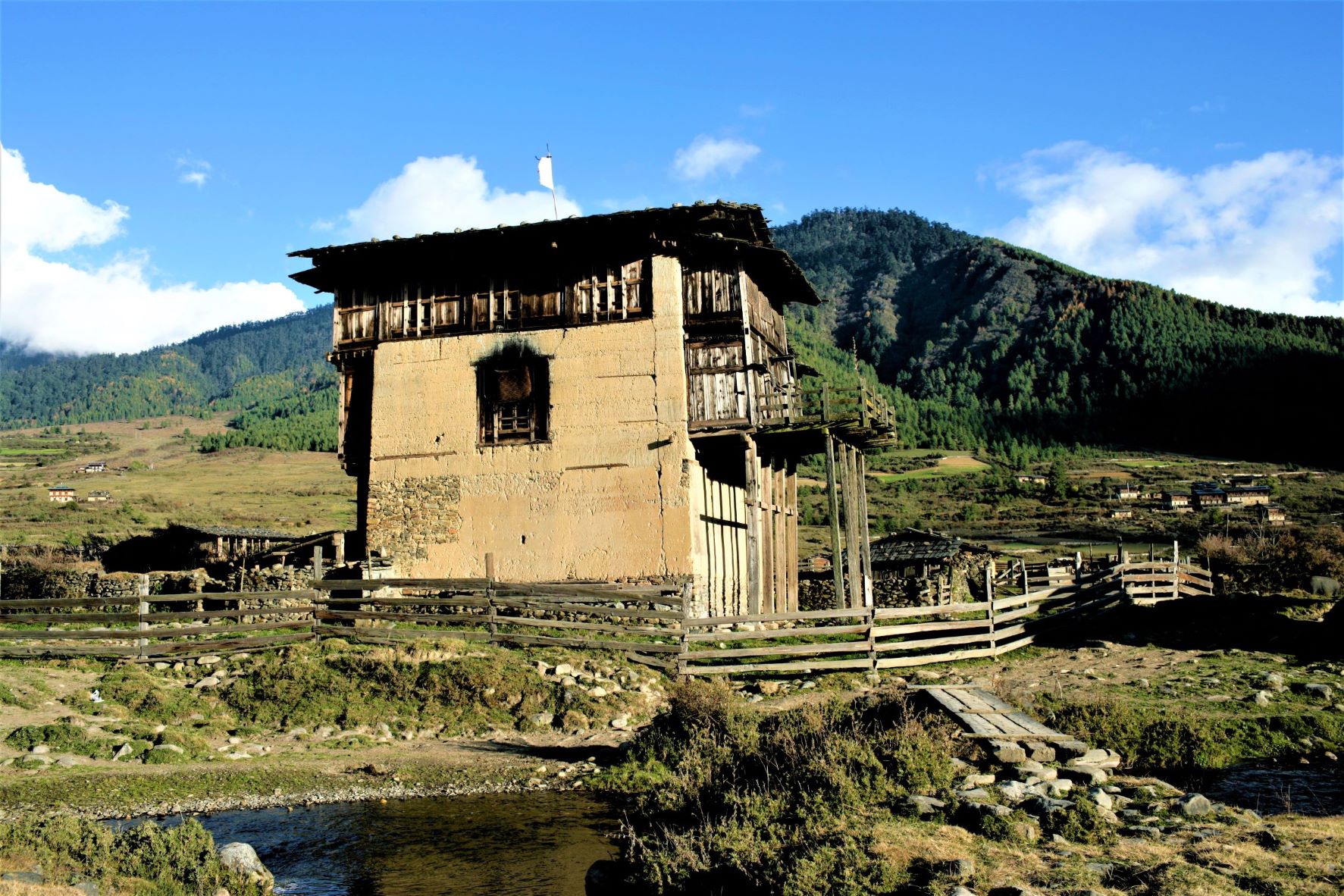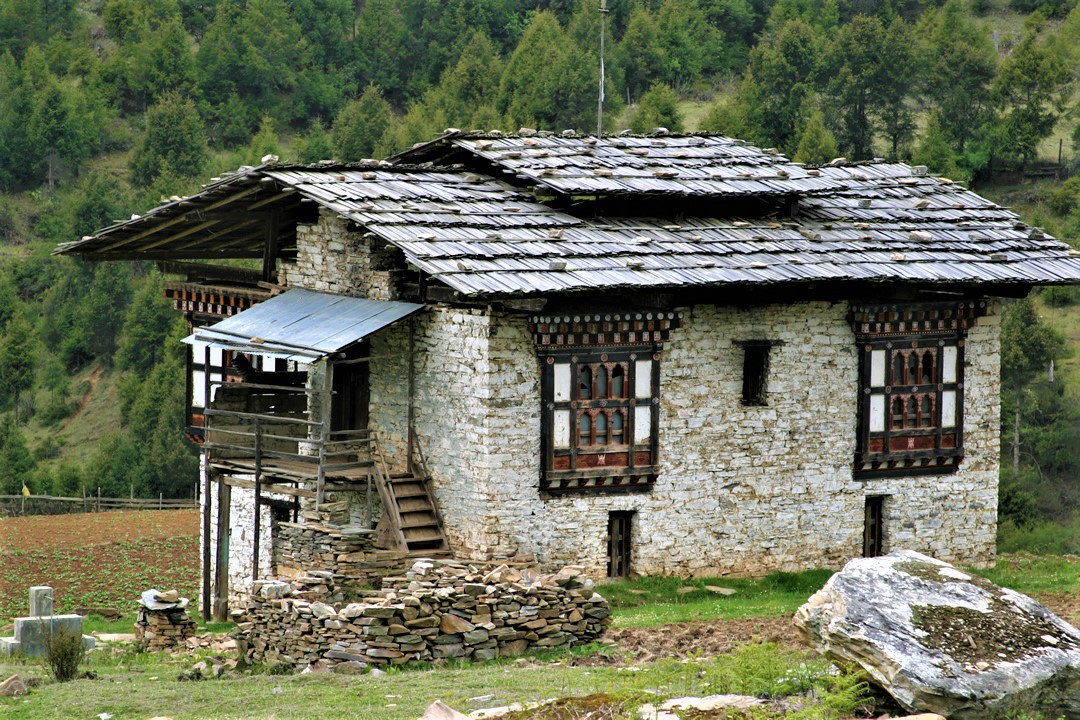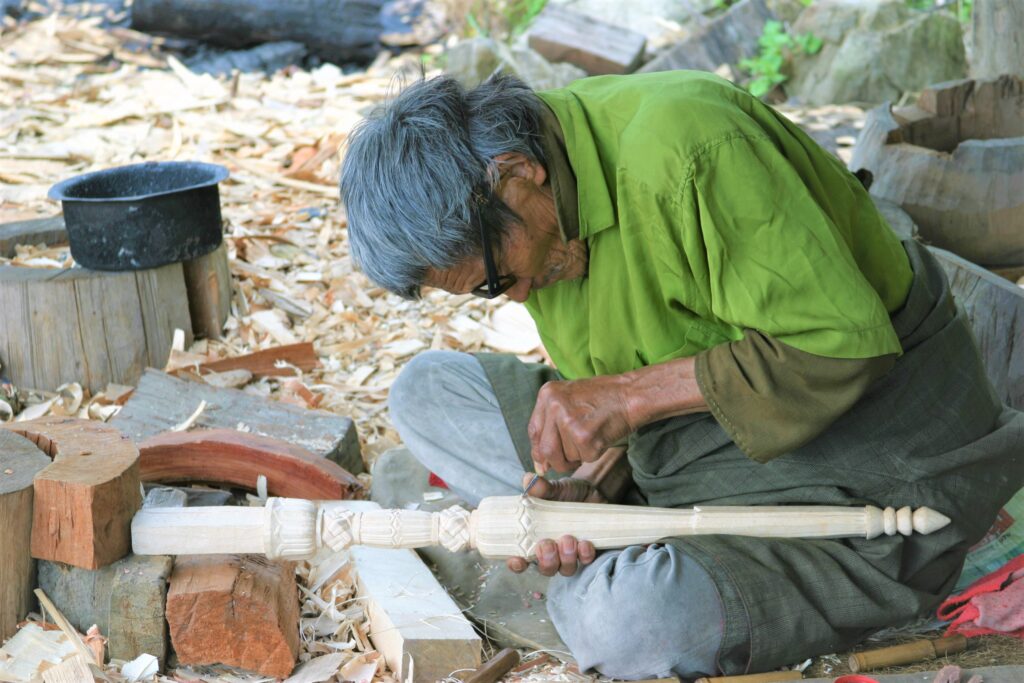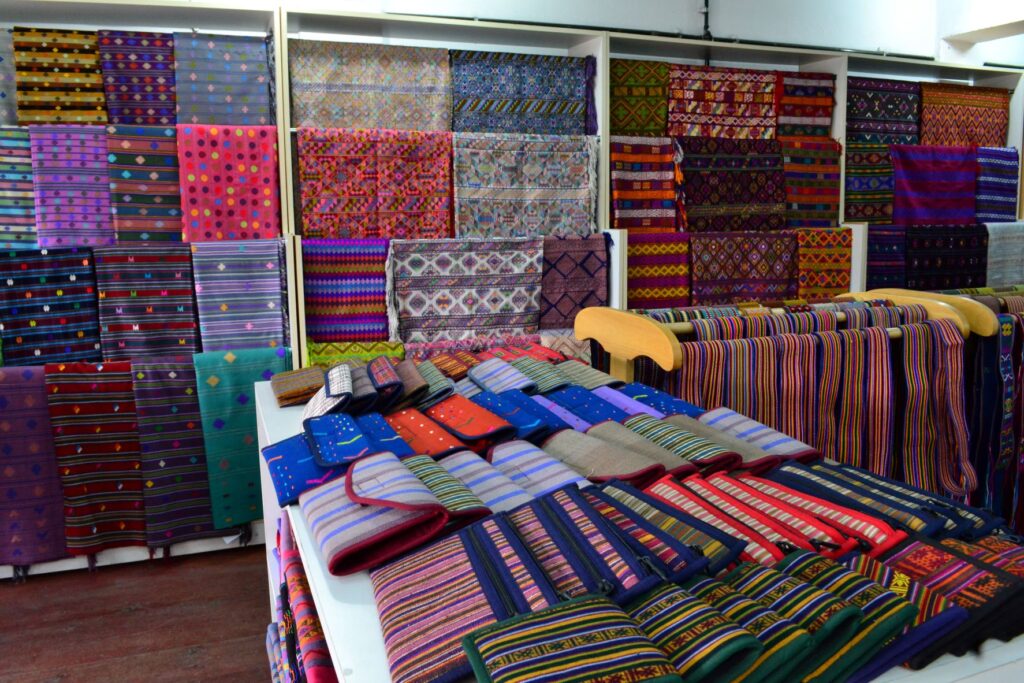Bhutan’s art, architecture and Handicrafts
Bhutan’s rich tradition of arts, architecture and handicrafts is a vital aspect of our unique cultural heritage. Passed down from generation to generation since the ancient times, our artistic traditions have survived and flourished for many centuries. Today, they form an integral part of the history, culture and the distinctive identity of the Bhutanese people.
1.The Bhutanese form of art
The Bhutanese form of art is religious and anonymous. It doesn’t exist itself but has a didactic function within the frame work of its Mahayana and varjayana Buddhist traditions.Paintings and statues are religious in their thematic content and are not subject to individual artist’s creativity; they fellow a set of precisely written rules and technically called iconography. The rules of iconography are very strict, the artist has to observe them scrupulously and must not express his personality but aspire to excel in his skill. Since 1680 the fourth Druk Desi, Tenzin Rabgye, opened the school of Zorig Chusum (thirteen arts) to train the young monks, laymen and students to excel the arts.
Different types of painting
Bhutan’s artistic tradition incorporates three kinds of paintings. They include painting of statues, temple wall paintings known as Debri (frescoes) and thangka (scroll) painting. The Bhutanese painters work with paint mixture made from earth, minerals and vegetables. These are first mixed with chalk, water or cattle hide glue and the four baic colours are white, yellow, red and grey used in painting.
Wall painting
Most of the ancient paintings are centred on important historical figures and their design indicate an Indian influence, from the 8th to 12th centuries, spread to Tibet and central Asia via Nepal and finally to Bhutan. Bhutanese artists adapted and improved on style by dividing focus into many figures and scenes. For example, one fresco in the Paro Dzong illustrates the life of Milarepa.
The process of painting frescoes on the interior walls of temples and Dzongs is a precise form of art and craft. First, the surface of the wall is smooth by applying a thin coat of plaster then, a layer of thin canvass is pasted on surface and dries with specially prepared glue made from wheat flour and pepper powder. The cloth should be pasted in such manner that it becomes indistinguishable from the wall surface and in some cases painted directly once the plaster clay wall is dried.
Statue painting
Statues of all sizes are seen in temples, monasteries, Dzongs and other religious monuments, as well as in most private homes. Most statues are made of clay while others are cast from bronze, brass or sliver. Clay statues are fully painted once they are dry. Bronze and other metallic works are painted only on the face and hands to highlight details of the eyes, moustache and head–dress.
Scroll painting
Paintings are executed on scrolls are called thangkas. Unlike the other paintings, seldom display only on special occasion. They are kept rolled up boxes or hang on wall of temples, monasteries, Dzongs and private alters. One particular type which is much larger in size is called the thongdroel (liberation sight) which displayed only during annual Tshechus and Dromchoes. Thousands of people gather during such occasions to see to bring liberation by sight.
Sculpture
Till date, very few stone sculptures have been discovered in the country except for some miniature carvings of sacred letters on slabs found on Mani walls and Chhoetons (stupa). Since Bhutan has supply of slate, most monuments include engraved images of monks, saints and deities. These in particular, are preserved as valuable treasures of the country’s artistic tradition.
2.Architecture
Bhutanese architecture is famous for its originality, its harmonious proportions and its adaptation to the landscape. There is generally no planning and designing done on the paper before a structure is built. The chief carpenter is the master work and he has seize, layout and structure in his mind. No nails are used and the wood pieces are assembled by the dovetail technique. The main materials are stones, compressed mud, wood and bamboo. Specially windows have a distinctive trefoil shape and elaborate the painting. Once the building is completed, embellish it by painting different auspicious motifs, guided by the astrologer’s calculations and followed by rituals.
Different type of buildings
Lhakhang (temples)
Temples are usually one or two-storied buildings with a wide red stripe at the upper level of the walls and a gilded roof ornament. A small courtyard may be enclosed in the walls with the residence of the lama attached to it. The altar occupies one side of the shrine with the other side usually devoted to protective deities.
Goenpa( Monasteries)
The monasteries are probably more ancient and consist of one or two temples housed in a building and surrounded by small houses, which serves as living or meditation quarters for the monks.
Dzongs
Dzongs are gigantic structures with their massive walls and elegant woodworks are among the most impressive form of architecture in Asia. The basic pattern of the Dzong is the utse ( central tower) which generally houses several temples, a courtyard surrounded by an outer structure which houses monks quarters, administrative offices and the kitchen.
Chhoetens (stupa)
Chhoetens are built in memory of eminent lamas or to pin down evil spirits. They are also built to protect a region against evil spirits at place which are potentially dangerous such as landslide and accident prone areas.
Village houses
Village houses are not built of the same material all over the country. While the western region favours compressed mud for the walls, the central and eastern regions use stones. However, houses all over the country display distinctive uniforms features; rectangular shape, two or three stories high, upper floors made of a framework of wood and plastered bamboo panels, pitched roof and trefoil shape windows.
3.Handicrafts
Bhutan is known for its handicrafts, as work of art, constitute the living tradition and are unique features of the Bhutanese culture. Their unique design, durability and beauty have won great popularity among many foreign tourists. These include the products from wood, metal, bamboo and cane. Hand loom products are well known in the country for their tradition dresses which are beautiful and colourful pattern
Join With Us
Discover, plan and book your perfect trip with expert advice, travel guides, destination information and inspiration from Longchenpa Tours & Treks.





